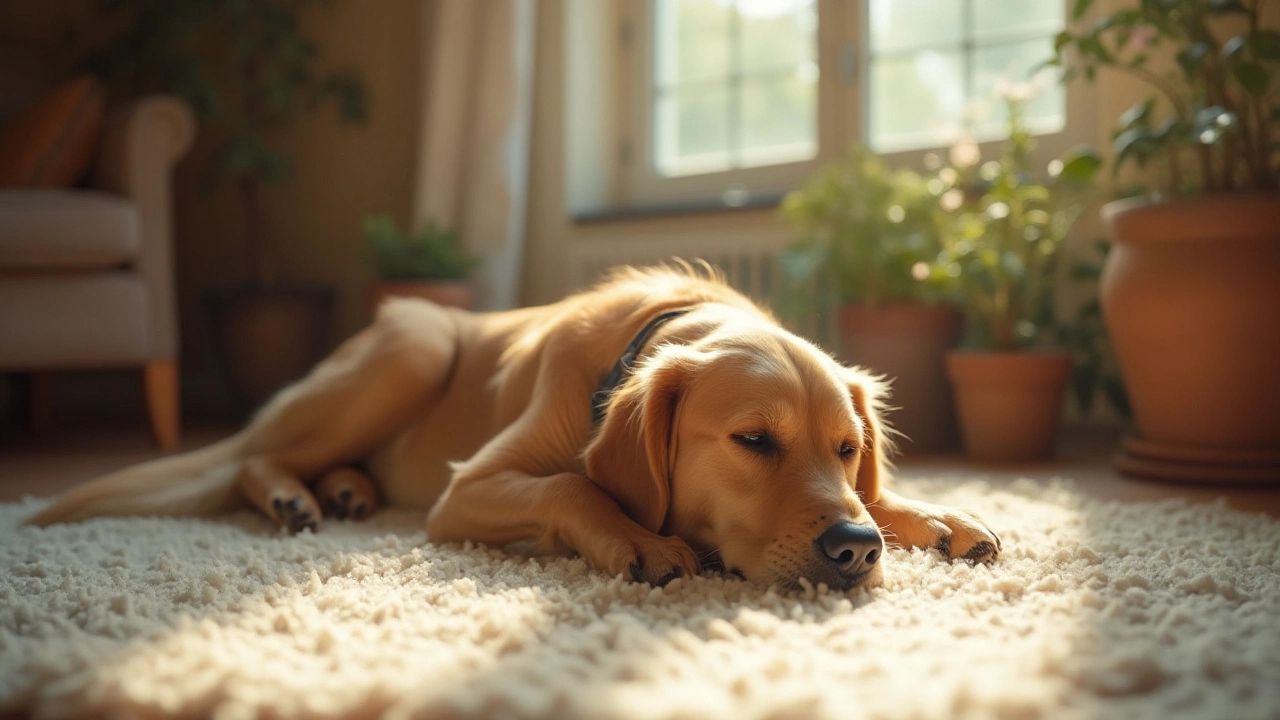Pet Anxiety Relief: Easy Ways to Calm Your Dog
Feeling like your dog is nervous all the time? Maybe it’s fireworks, a vet visit, or just being left alone. The good news is you can help your pup feel safe without pricey gadgets or crazy routines. Below are the steps that work for most dogs – simple, cheap, and proven.
Identify the Signs of Anxiety
First, know what anxiety looks like. Look for panting, trembling, pacing, or hiding when you’re about to leave. Some dogs bark or whine, others chew furniture. If the behavior shows up suddenly or gets worse over weeks, it’s a sign the stress is real.
Watch the context. Is it happening during thunderstorms? Around strangers? Knowing the trigger helps you choose the right fix. Keep a quick note of when the behavior starts – a phone note or a small notebook works fine.
Everyday Strategies to Reduce Stress
1. Build a predictable routine. Dogs love knowing when they’ll eat, walk, and play. Set regular times for meals and bathroom breaks. Even a five‑minute cue before a walk (like putting on the leash) tells your dog what’s coming next.
2. Create a safe spot. A crate, a quiet corner, or a dog bed tucked away can become a calm zone. Add a blanket that smells like you and maybe a calming treat. When your pup looks nervous, guide it to that spot.
3. Use calm, low‑energy body language. Speak in a soft voice, avoid sudden movements, and keep your posture relaxed. Dogs pick up on our tension; staying chill helps them settle.
4. Try short desensitization sessions. If your dog fears the mail carrier, start by having the carrier walk by at a distance while you give treats. Slowly reduce the distance over days. The key is to keep the experience positive.
5. Offer calming treats. Natural ingredients like chamomile, valerian root, or L‑theanine can soothe nerves. Galloway Gourmet Dog Treats has a line of grain‑free, antioxidant‑rich bites designed for stress relief. A couple of treats before a walk or a thunderstorm can make a noticeable difference.
6. Exercise before stressful events. A brisk walk or a quick game of fetch burns excess energy and releases endorphins. A tired dog is less likely to over‑react to a trigger.
7. Consider a pheromone diffuser. Plug‑in diffusers release a synthetic version of the calming scent dogs make naturally. Place them in the room where your dog spends most of its time.
If anxiety persists despite these steps, a quick chat with your vet can rule out medical issues and suggest a short course of medication. Most of the time, a combination of routine, safe spaces, and a few calming treats does the trick.
Remember, you’re not fixing a problem you can’t see. You’re giving your dog tools to feel safe. Try one tip today, watch the change, then add another. Your dog will thank you with a wag, a relaxed sigh, and maybe an extra cuddle on the couch.

Do Dog Calming Collars Really Ease Anxiety?
Calming collars for dogs have emerged as a popular remedy aimed at easing anxiety and stress in pets. These collars often contain pheromones or natural essential oils designed to promote relaxation. This article explores the effectiveness of dog calming collars and reviews various options, guiding pet owners in choosing the right product for their furry companions. It also offers insightful tips on using these collars to help manage canine anxiety.
View more